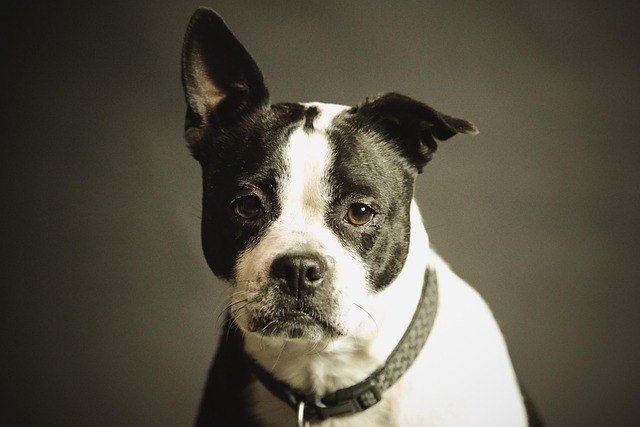
How do i train my dog to be obedient?
Watching your dog dart across the park ignoring your calls isn’t just frustrating—it can put them at risk near busy streets or public spaces.
Chihuahuas often bite not out of aggression, but because their small size makes them feel vulnerable—like when a kid reaches for their collar too fast or a stranger bends down suddenly. The first step is to spot their warning signs: flattened ears, a tucked tail, or growling. When you see these, step in to remove them from the stressful situation instead of letting it escalate to a bite.
Consistency is key with training—use simple, clear commands like “gentle” when they interact with people or other pets. If they nip, immediately stop giving them attention; Chihuahuas crave closeness, so ignoring the behavior sends a strong message. Reward them with tiny treats or praise when they stay calm, like sitting still while someone pets them—positive reinforcement works better than scolding.
 Many local areas have laws requiring dogs to be under control in public, and repeated biting can lead to fines or even mandatory training classes. If your Chihuahua nips a visitor, check local rules about reporting minor incidents—some places ask for documentation to track potential behavior issues. It’s also smart to talk to a certified dog trainer who specializes in small breeds; they know how to address the breed’s unique anxiety triggers.
Many local areas have laws requiring dogs to be under control in public, and repeated biting can lead to fines or even mandatory training classes. If your Chihuahua nips a visitor, check local rules about reporting minor incidents—some places ask for documentation to track potential behavior issues. It’s also smart to talk to a certified dog trainer who specializes in small breeds; they know how to address the breed’s unique anxiety triggers.
Avoid common mistakes, like picking up your Chihuahua every time they act skittish—this can make them think biting is a way to get rescued. Instead, create safe spaces for them, like a cozy bed in a quiet corner, where they can retreat when they feel overwhelmed. For kids, teach them to let the dog come to them first, and never pull their ears or tail—this reduces fear-based bites.
Pay attention to when the biting happens: some Chihuahuas bite during play (like nipping hands during fetch) or when guarding food. For playtime, use toys instead of your hands—if they nip your fingers, stop playing right away. For food guarding, feed them in a quiet spot and never take their bowl while they’re eating; this builds trust and cuts down on defensive bites.
Stopping a Chihuahua from biting takes patience, but it’s about understanding their needs and following local guidelines to keep everyone safe. By combining consistent training, recognizing their stress cues, and working with professionals if needed, you’ll help your tiny pup feel secure—and keep your home and community compliant with local laws. A calm, well-behaved Chihuahua isn’t just happier—it’s also a joy to take out and introduce to friends and neighbors.

Watching your dog dart across the park ignoring your calls isn’t just frustrating—it can put them at risk near busy streets or public spaces.

New puppy owners often find themselves rushing to clean up accidents before they set in, and that’s where puppy pad training becomes a game-changer.

If you've noticed your dog's waistline disappearing and your veterinarian has mentioned those few extra pounds, your first instinct might be to simply reduce the amount of food in their bowl.

Training a dog to use a designated spot indoors isn’t as daunting as many new owners fear, but it does take consistency and an understanding of your pet’s needs.

That moment of dread on a walk is all too familiar for many new dog owners. You see another dog approaching down the sidewalk of your neighborhood

If the sight of another dog on your neighborhood walk makes your heart sink as your own dog erupts into a frenzy of barking and lunging, you're not alone.